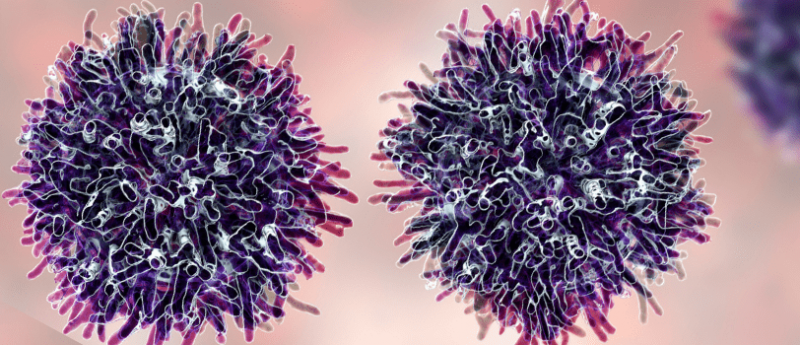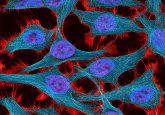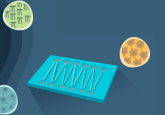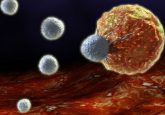Cancer-fighting nano-robots

Scientists have programmed DNA nano-robots to lay siege to tumors.
Solid-state cancers promote new blood vessel growth to supply the ever-growing mass of cancer cells with nutrients. Researchers from the National Center for Nanoscience and Technology (NCNST), in China and Arizona State University (ASU) constructed DNA into structures that respond to molecular triggers in tumor blood vessels, blocking the blood flow and subsequently starving the tumors. In Nature Biotechnology, the scientists report that these DNA nano-robots shrink four types of tumors in mice.
“We have developed the first fully autonomous, DNA robotic system for a very precise drug design and targeted cancer therapy,” said Hao Yan, co-author of the study and director of the ASU Biodesign Institute’s Center for Molecular Design and Biomimetics. “This technology is a strategy that can be used for many types of cancer, since all solid tumor-feeding blood vessels are essentially the same.”
The miniscule DNA constructs folded like origami are referred to as nano-robots, not because of any wired electrical components, but because like robots, the DNA structures sense external stimuli and respond. In this study, a flat rectangle of DNA was designed to roll up into a tiny tube that contains the coagulant thrombin. The DNA robot uses thrombin to clot the blood in tumor blood vessels, cutting off a tumor’s supplies.
Thrombin’s release into the general circulation could cause catastrophic clotting, so the DNA tube acts as a cage to contain the thrombin. Only when the linker proteins on the outside of the tube recognizes and binds nucleolin, a protein specifically expressed on the endothelial cells of tumor blood vessels, does the tube expose thrombin.
The team of scientists extensively tested the nano-robots in vitro before applying them to mouse models of cancer. In all four cancer models tested, the nano-robots swiftly caused blockage of the tumor blood vessels, leading to tumor necrosis and growth inhibition within a few days, even in cancers with poor vascularization,.
“The nano-robot proved to be safe and immunologically inert for use in normal mice and also in Bama miniature pigs, showing no detectable changes in normal blood coagulation or cell morphology,” said Yuliang Zhao, a professor at NCNST and lead scientist of the international collaborative team.
“We used this to treat four kinds of tumors, including human breast, lung, ovarian cancer, and melanoma,” said Yan. “In a melanoma mouse model, the nano-robot not only affected the primary tumor, but also prevented the formation of metastases, showing promising therapeutic potential.”
Since publication, many investors and cancer patients have contacted Yan. Explaining that the treatment is not yet ready for use in humans to patients keen to try out the nano-robots is understandably difficult. But that only makes Yan more determined to invest in forming a company around the technology and pushing the research into phase I clinical trials as soon as possible.
Yan is also keen to experiment with the structure of the nano-robots to improve functionality of the cancer killers. “The beauty of this nanorobotics system is that it is highly programmable,” said Yan.




